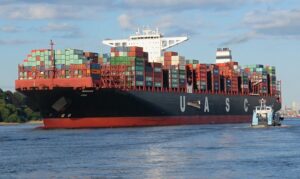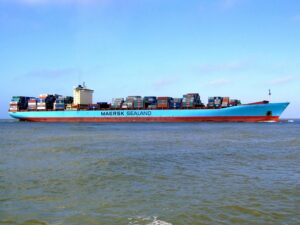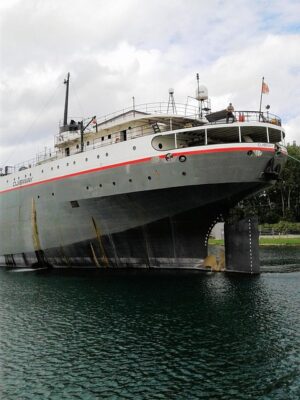ISO-compliant containers are essential for global shipping, ensuring safety, security, and efficiency through international standards. Choosing an ISO-certified container offers numerous benefits, regardless of its condition (new, used, refurbished) or size (high cube, insulated, refrigerated). When purchasing a used shipping container, prioritize thorough inspection and preparation to verify its structural integrity, functionality, and cleanliness before global transport.
Looking for a reliable solution for global shipping? Consider buying an ISO-compliant shipping container. This article explores the benefits of ISO compliance in international trade, delves into the features and advantages of purchasing used containers, and provides a step-by-step guide on inspecting and preparing these versatile assets for sale. Discover why investing in a shipping container is a smart choice to streamline your logistics.
- Understanding ISO Compliance and its Benefits for Global Shipping
- Features and Advantages of Buying a Used Shipping Container
- How to Inspect and Prepare a Used Shipping Container for Sale
Understanding ISO Compliance and its Benefits for Global Shipping
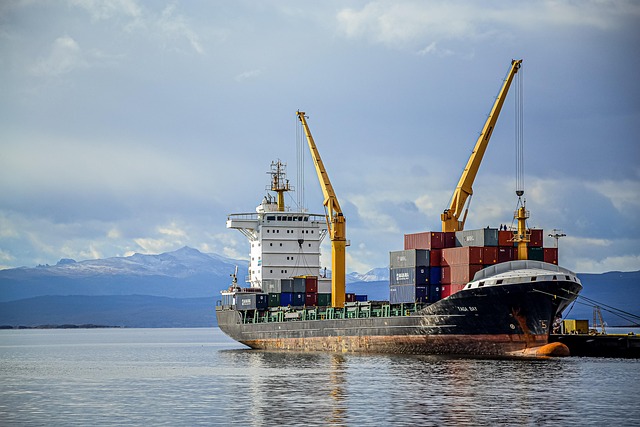
Understanding ISO compliance is crucial for global shipping, ensuring that containers meet international standards for safety, security, and efficiency. This certification guarantees that a shipping container is designed, manufactured, and maintained to specific requirements, facilitating seamless transportation across borders. Benefits of ISO-compliant containers include reduced risks during transit, easier customs clearance, and compatibility with various global shipping networks.
For businesses seeking a shipping container is for sale, choosing an ISO-certified option offers numerous advantages. Whether you’re looking for shipping container is for sale new, used, refurbished, or direct from port, ensuring it’s certified ISO-compliant guarantees its reliability, durability, and adherence to international standards. This is especially important when considering shipping containers are for sale in a variety of types and sizes, including high cube, insulated, refrigerated, heavy-duty, modular, stackable, portable, secure, weatherproof, and industrial-grade options—all catering to diverse shipping needs.
Features and Advantages of Buying a Used Shipping Container
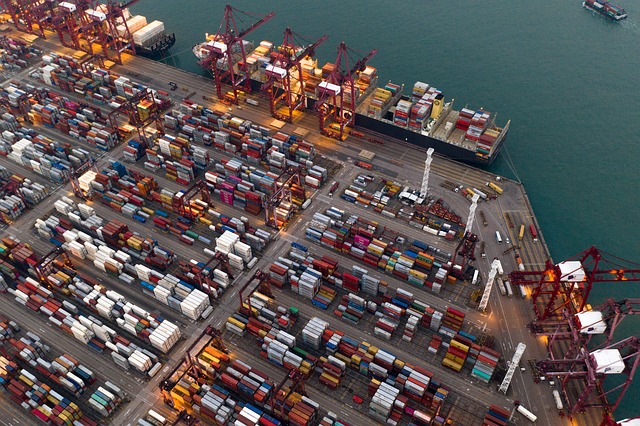
When considering a shipping container for sale, especially one that’s used, there are numerous features and advantages to keep in mind. Firstly, shipping containers offer exceptional durability, designed to withstand harsh conditions during international transport. They are built with robust materials, ensuring they can protect their contents effectively. This makes them an ideal solution for moving goods globally, from fragile electronics to heavy machinery.
Moreover, used shipping containers often come at a fraction of the cost of new ones, making them an attractive budget-friendly option. Many for sale containers have been meticulously refurbished, ensuring they meet ISO compliance standards and offer reliable performance. With various sizes, from standard to high cube and even insulated or refrigerated models available, you can find the perfect fit for your shipping needs. This flexibility allows businesses to streamline their logistics efficiently.
How to Inspect and Prepare a Used Shipping Container for Sale
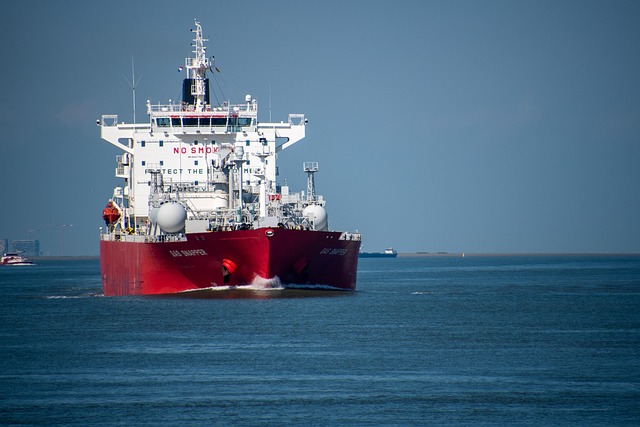
When purchasing a used shipping container for global shipping use, meticulous inspection and preparation are crucial steps to ensure its reliability and safety. Begin by assessing the overall condition of the container, checking for signs of rust, dents, or structural damage. Inspect all doors, windows, and seals to guarantee they open and close smoothly and remain secure. Verify that the container’s floor is level and stable, and examine the interior for any signs of water damage or previous use.
Next, prepare the shipping container by cleaning it thoroughly to remove any debris or remnants from its prior usage. Consider a professional clean-out service if the container has been used for specialized cargo. Ensure all personal items and foreign objects are removed to avoid any issues during transit. After cleaning, apply an appropriate coating or sealant to protect against rust and weather damage, especially if the container will be exposed to diverse environmental conditions during its global shipping journey.
